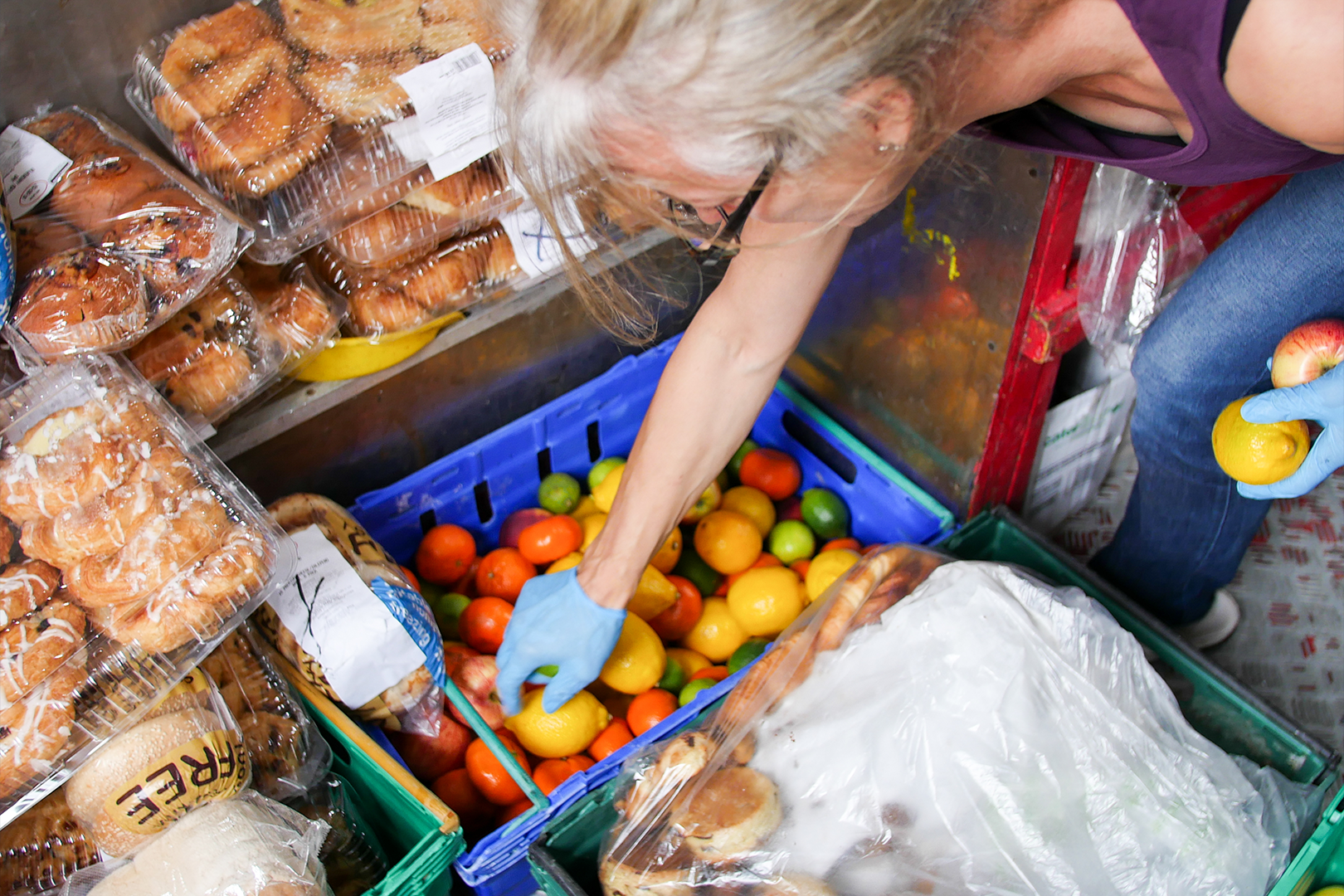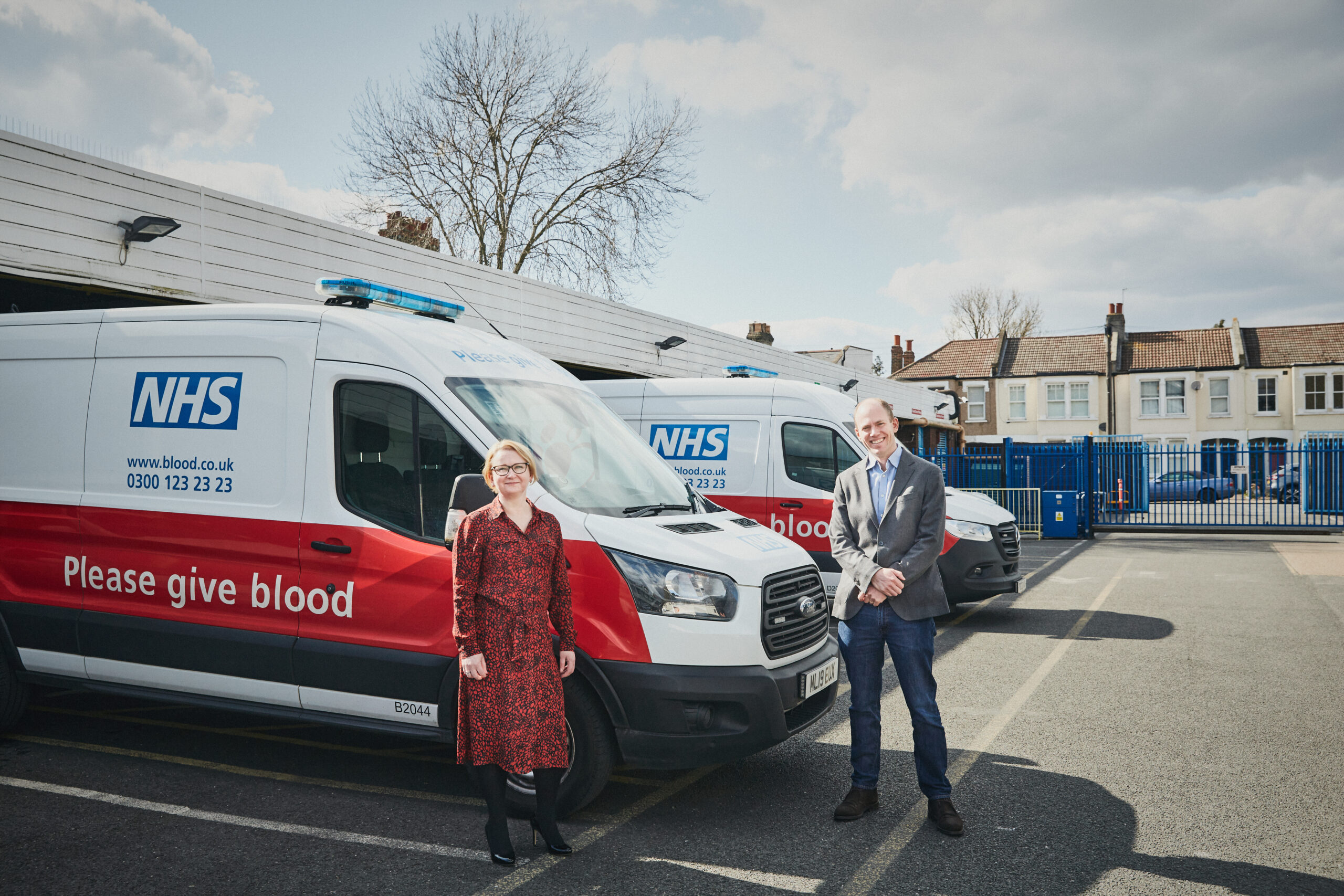Urban aid kit
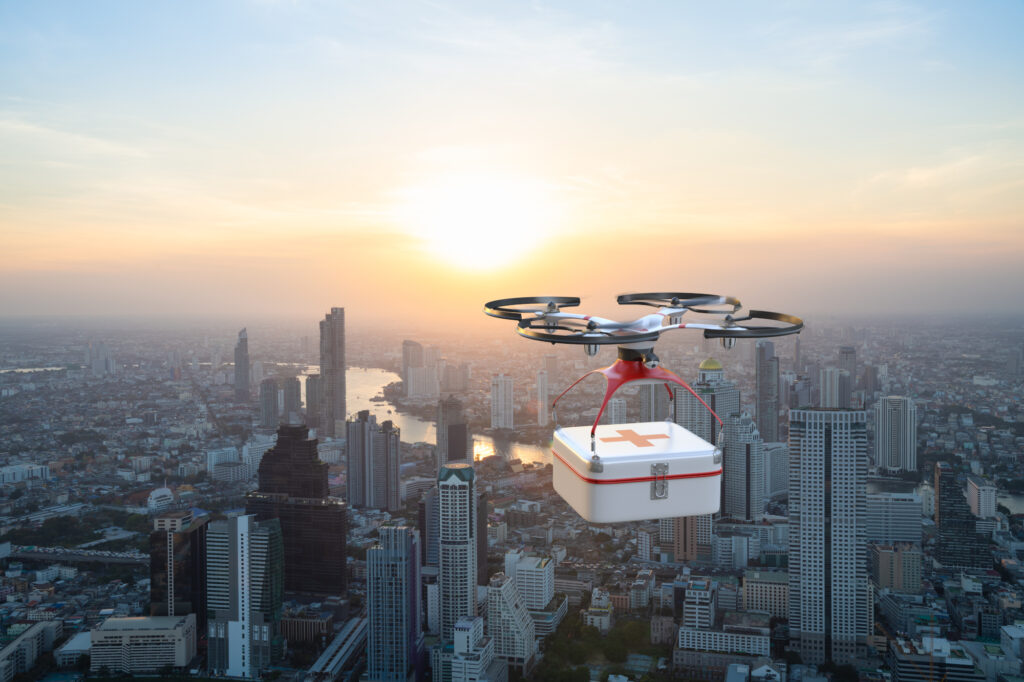
Where do you start with smart city development?
Helpfully, the European Smart Cities research group, a think tank at the Centre of Regional Science at the Vienna University of Technology, has outlined six key themes that smart city development is often based on: Smart Government, Smart Economy, Smart Mobility, Smart Environment, Smart People, and Smart Living.
These pillars aim to illustrate the needs and challenges that face modern cities, and for governments and planners to develop smart strategies that can tackle urban problems in an interconnected, holistic way. Variations of these themes occur but most categories will fall under the same umbrella.
Smart Living, the category most concerned with urban public health, is the pillar that has been cast in the spotlight over the last 12 months.
The COVID-19 pandemic has stretched medical resources in many of the world’s cities. Hospitals have been overwhelmed, key workers have faced shortages of important medical supplies, and the services of first responders have been stretched to breaking point. Unfortunately, it has taken a global pandemic to highlight many of the issues that health services face on a daily basis.
Even with the roll-out of successful vaccinations, health services will face tougher challenges in the future as urban populations boom. Currently, around 50% of the global population lives in an urban environment. According to the United Nations, that figure is expected to rise to 68% by 2050, which will push cities to breaking point.
Access to housing, basic resources, and public services will become increasingly difficult as systems struggle to cope under the weight of rising populations, and one system that’s already under enormous strain is our healthcare.
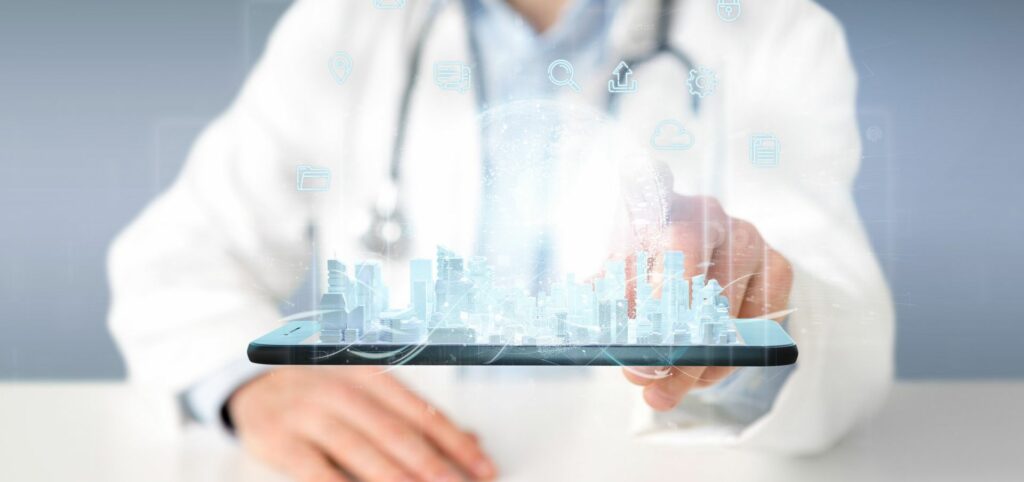
While there’s no one-size-fits-all healthcare solution to solve the woes of tomorrow’s cities, there are a number of exciting innovations that are hoping to take the strain off the health services. Smart health services have drastically improved and smart ideas are constantly being deployed, such as advanced telecare systems, e-health platforms, and assisted living solutions.
One of the most versatile solutions is a product called SALI, developed by Israel’s Inovytec Medical Solutions. Unlike many other health solutions that focus on making health records available or digitising health services, SALI focuses on bringing advanced emergency first response care to the public.
SALI: A full critical aid system
“SALI is a smart healthcare system that will change the way that bystanders can respond to out-of-hospital emergencies,” says Guye Halpern, Inovytec’s VP of Product. It’s a smart piece of gadgetry that can be installed in public areas, equipped with the technology and information to prevent deaths by turning bystanders into first-responders.
“Our guess is that there are several million AED [automated external defibrillator] machines in the world,” says Halpern. “And no one is using them. Our research has found that no one is using them because of three important reasons. First of all, people are afraid of them because they’re afraid to cause a scene. Experience has taught us that 99.9% of the time, the first responder person at the scene of an emergency will be an untrained caregiver that’s unaccustomed to the situation – and they’re afraid, and for good reason.
“Secondly, these first responders are reluctant to use an AED because they ask themselves ‘can I cause more damage by using this?’ Lastly, a first responder will ask themselves ‘can I harm myself by using this?’”
According to Inovytec’s research, Israel has a high-percentage of AED use when compared with other countries, but even then the actual figures are astonishingly low. “We’re not talking hundreds; we’re talking dozens of uses,” says Halpern. “And here in Israel, we have approximately between 8,000 and 9,000 deaths per year from what we call ‘shockable rhythm’.” These are deaths that could have been prevented with AED intervention.
But SALI is not just an AED. It has defibrillation abilities, but it’s more than an AED. It can be used to open airways, administer oxygen, and perform a wide range of first response medical tasks, while simultaneously connecting with the local or national dispatch to summon an appropriate ambulance and providing vital information to the dispatch operative, while also talking bystanders through the steps to perform essential first aid.
The SALI machine makes the decisions for the operator, with detailed instructions or telephone guided advice.
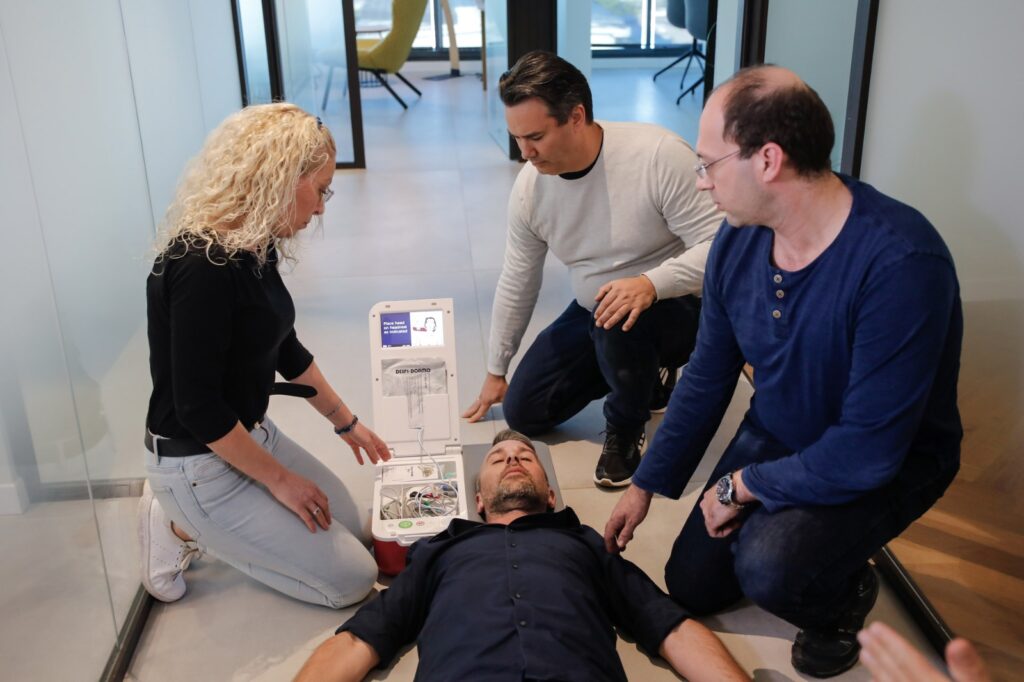
“Currently, we’re the only device that can offer telephone-guided CPR,” says Halpern. “As a bystander, all you have to do is follow SALI’s advice.”
Usability tests conducted by Inovytec discovered that 94% of the people who were tested were able to use the device within minutes, with absolutely no training at all. It was on the strength of the product’s usability that led the Romanian government to deploy almost 400 SALI units across the country.
“The reason that the Romanian government chose SALI is that they wanted to have the ability to react to any situation, in real time,” says Halpern. “It’s connected to the national dispatch, and no matter where the system is deployed, it will automatically contact the national dispatch when in use.”
SALI was also piloted in Marburg, Germany. It was adopted by the local dispatch and Red Cross services, and the trial was a successful proof of concept that showed that the use of SALI could significantly lower emergency response time by as much as six-and-a-half minutes in some cases, with an average response time of just a minute and a half.
The results are promising, but delivering accessible first aid is just one side of SALI’s ability to improve urban public health. It’s also a smart device that transmits important information, and its deployment has highlighted the importance of a connection between all relevant services during an emergency.
For example, dispatch professionals are often tasked with selecting the type of ambulance that responds to a situation. Generally, ambulances fall into two categories: basic life support ambulances and advanced life support ambulances. Currently, a dispatch operator can only make decisions based on information given by an emergency caller. Given the lack of accurate data, it’s not uncommon for dispatchers to send the wrong type of ambulance, or send an advanced unit when only a basic one is required.
However, with a device like SALI that can transmit vital signs and a patient’s condition to the dispatch centre, it gives operators a clearer picture of the situation. This allows for better decision-making and a more efficient allocation of resources.
Streamlining the Chain of Survival
Streamlining public services is at the heart of modern smart city development, and any system that can help take the burden off public health services would be a welcome addition to any city. While the failures have grabbed the headlines, the success stories are encouraging to smart city advocates.
“To solve any urban problem, you need to generate and share data,” says Halpern. “The cities that were able to react the best to the current situation were those that could operate with all the different elements and integrate their systems. When it comes to healthcare, this is where we excel. We no longer have the luxury to not stay connected.”
Inovytec’s plan is to streamline the Chain of Survival, a medical principle that lists a series of actions that can reduce mortality in emergency situations. It is a concept that’s mainly associated with cardiac arrest, but with a device like SALI, it’s possible to use the same principles to prevent a wider range of medical problems.
The traditional Chain of Survival concept has different interpretations, but it starts with setting up an atmosphere to recognise an emergency, followed by calling for the emergency services, a first responder administering CPR, or using an AED, before handing the patient over to a paramedic, and finally being brought to hospital for treatment.
The system will automatically call for an ambulance, giving the correct data for a dispatcher to make an informed decision, and instructing an untrained member of the public to perform advanced first aid. By streamlining the Chain of Survival, resources can be better allocated, and lives can be saved.
Using modern technology to improve public health is crucial if cities plan to become more sustainable and liveable in future.
Is regulation stifling innovation?
To better understand how urban public health falls into the wider smart city plan, Tech For Good spoke to Thomas Müller and Alexander Gelsin, founding partners of Germany’s Bee Smart City, a smart city consultancy and global idea sharing platform.
“We believe that the pandemic has just been one more tipping point for cities to recognise how important the topic of urban public health is for ensuring liveability for their residents,” says Müller. “In light of climate change and other environmental and social changes, the topic has gained momentum over the recent years.”
Gelsin agrees. “The COVID-19 pandemic has clearly shown how important the provision of smart solutions in urban public health are.”
Progress is being made, with inventions like SALI, and with other innovative programmes such as Barcelona’s pioneering telecare medical system, which reaches over 20,000 people over the age of 75 who are living on their own in the city, or Taiwan’s Personal Health Record OS system, a blockchain platform that allows healthcare providers and patients to access their secured medical records in a safe and secure manner.
Despite these successes, medical and health-related solutions are not as plentiful as those in other areas.
“The development of smart healthcare solutions has not been one of the top priorities from a local government perspective in recent years, when considering smart city development,” says Müller. “The healthcare system is very complex indeed, which makes the development of solutions difficult.
“Certification, approval, and regulation by health insurance companies, clinics and other stakeholders are a necessary and important prerequisite for health-related solutions. Different healthcare systems around the globe represent a barrier for the sharing and replication of solutions. This can be challenging.”
Halpern agrees that regulation can be a large obstacle for both innovators and governments to overcome, but it’s a necessary one. “Regulation is a good thing,” he says. “We need to be regulated. It’s a positive thing, but of course it can be seen as a bother, and it can be a slow process, but we need to do it. For that reason, the SALI system has the same standards as any other medical device, and has been approved in the same way.”
It makes sense, since the point of SALI is its ability to transform bystanders into first responders, and when it comes to providing advanced medical assistance, regulation is crucial. However, even with smart devices like these, urban public hasn’t been a major priority. Covid-19 may have changed that.
“The health of residents is a key element for a city’s liveability,” says Halpern. “We are seeing a growing interest from cities, research institutions and private sector companies in urban public health. In light of the pandemic, we already see that cities are ramping up emergency response procedures and also rethinking access to, and the provision of, health services from a spatial and digital perspective.”
Thanks to innovations like SALI and interest from governments, hopefully the future will make urban public health a higher priority so that when the next health crisis arrives, we are ready to face it head on.

